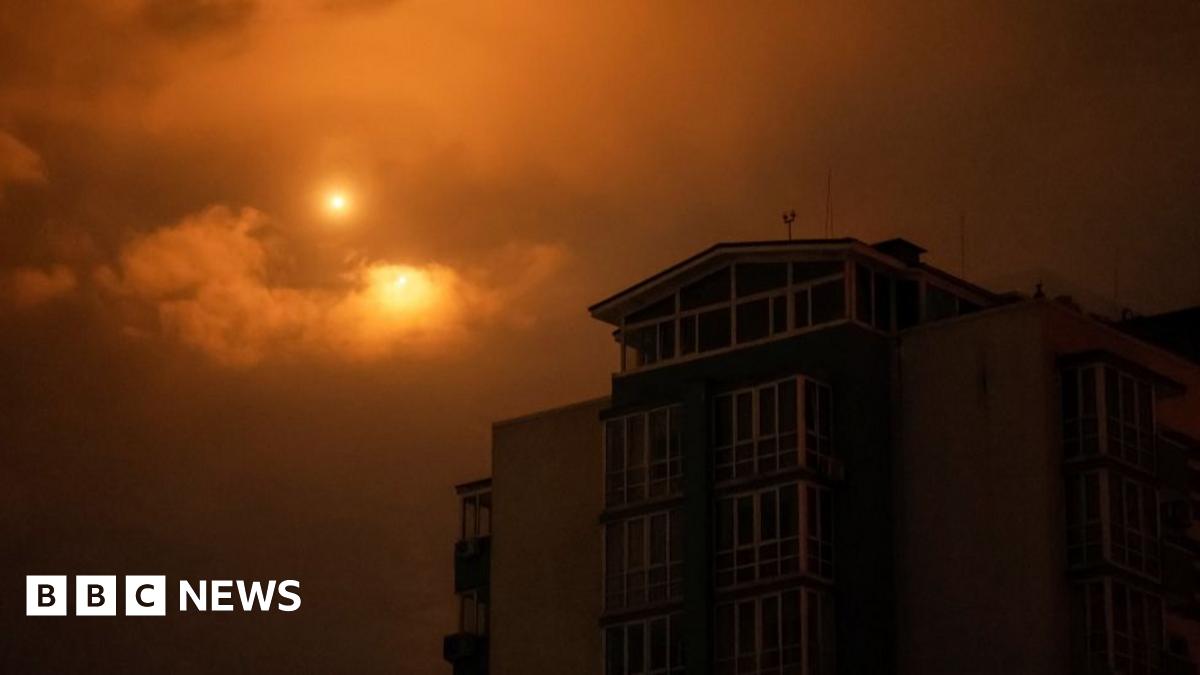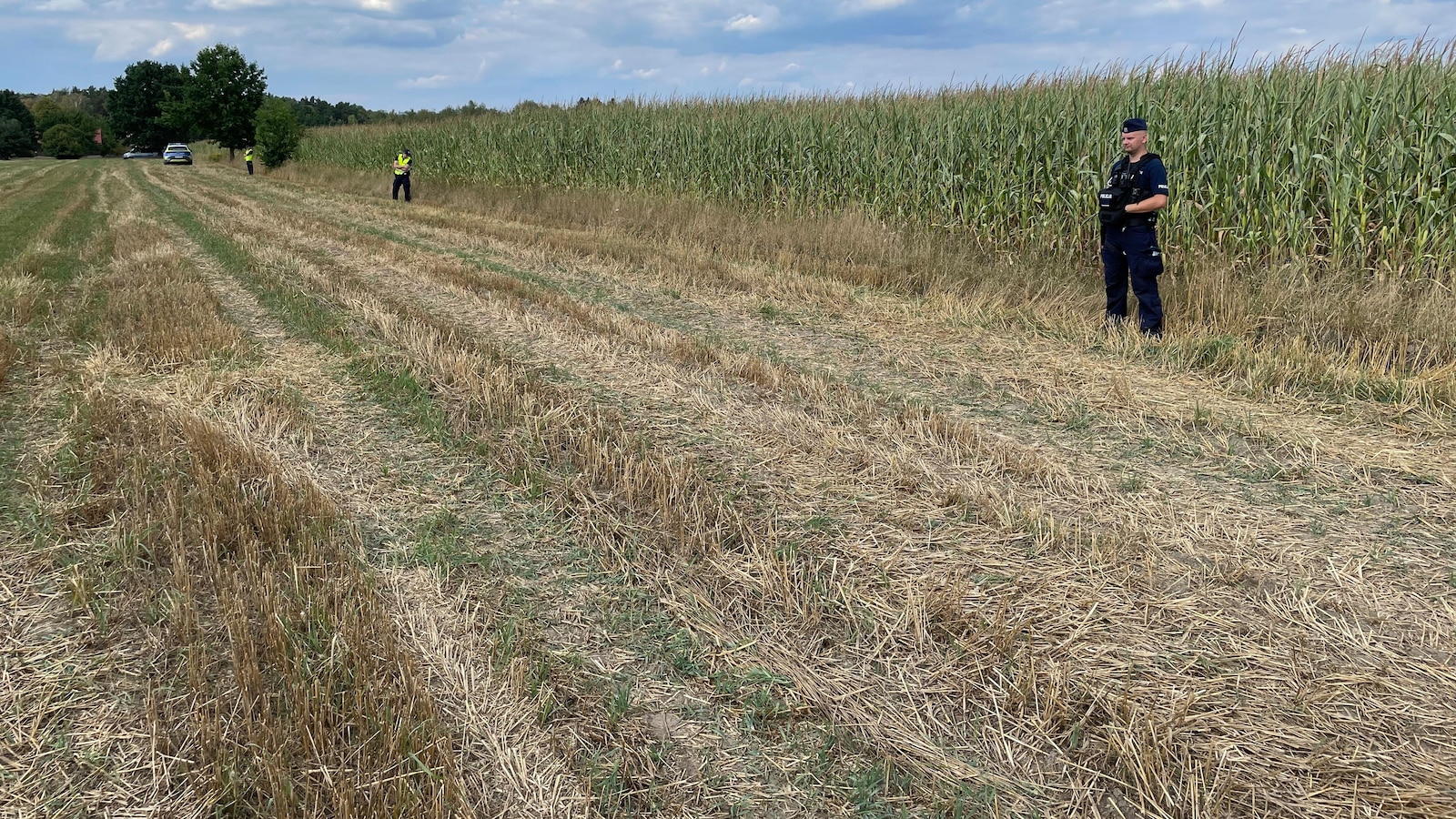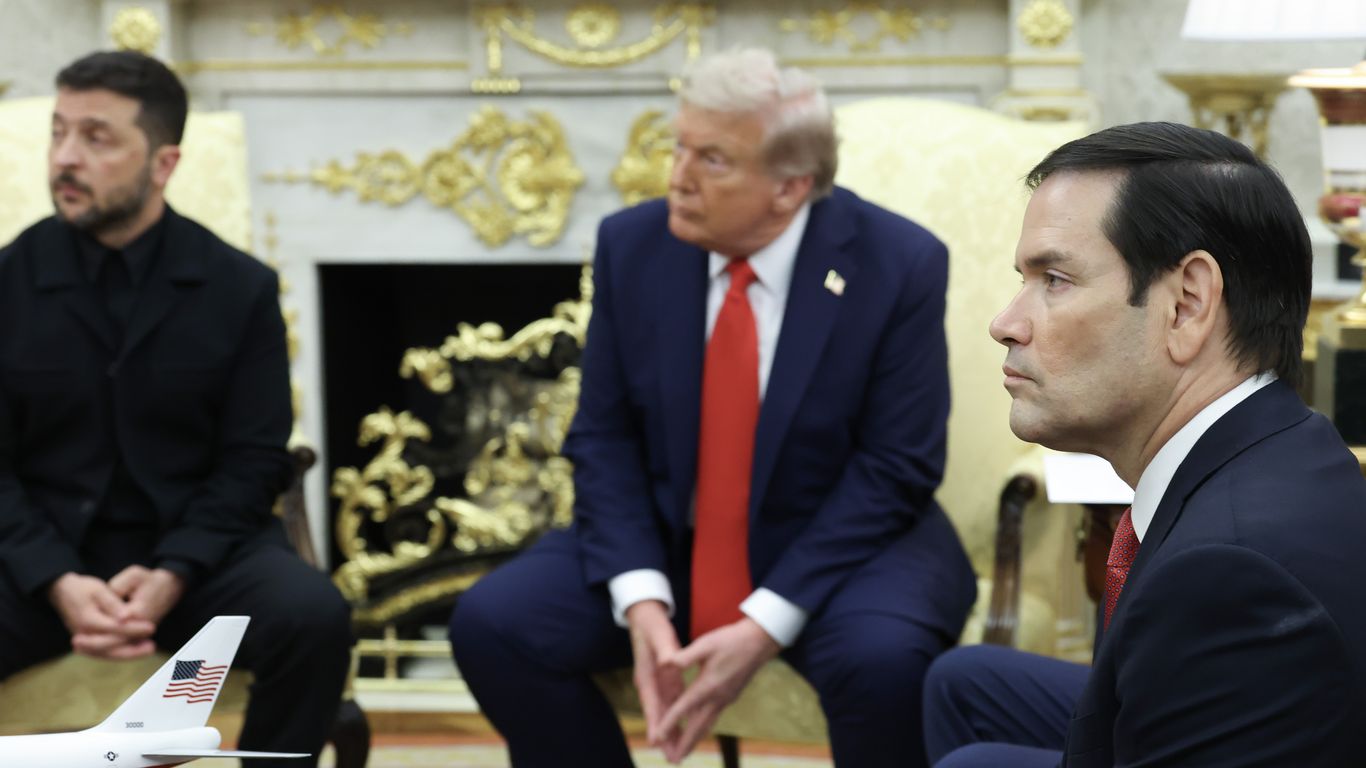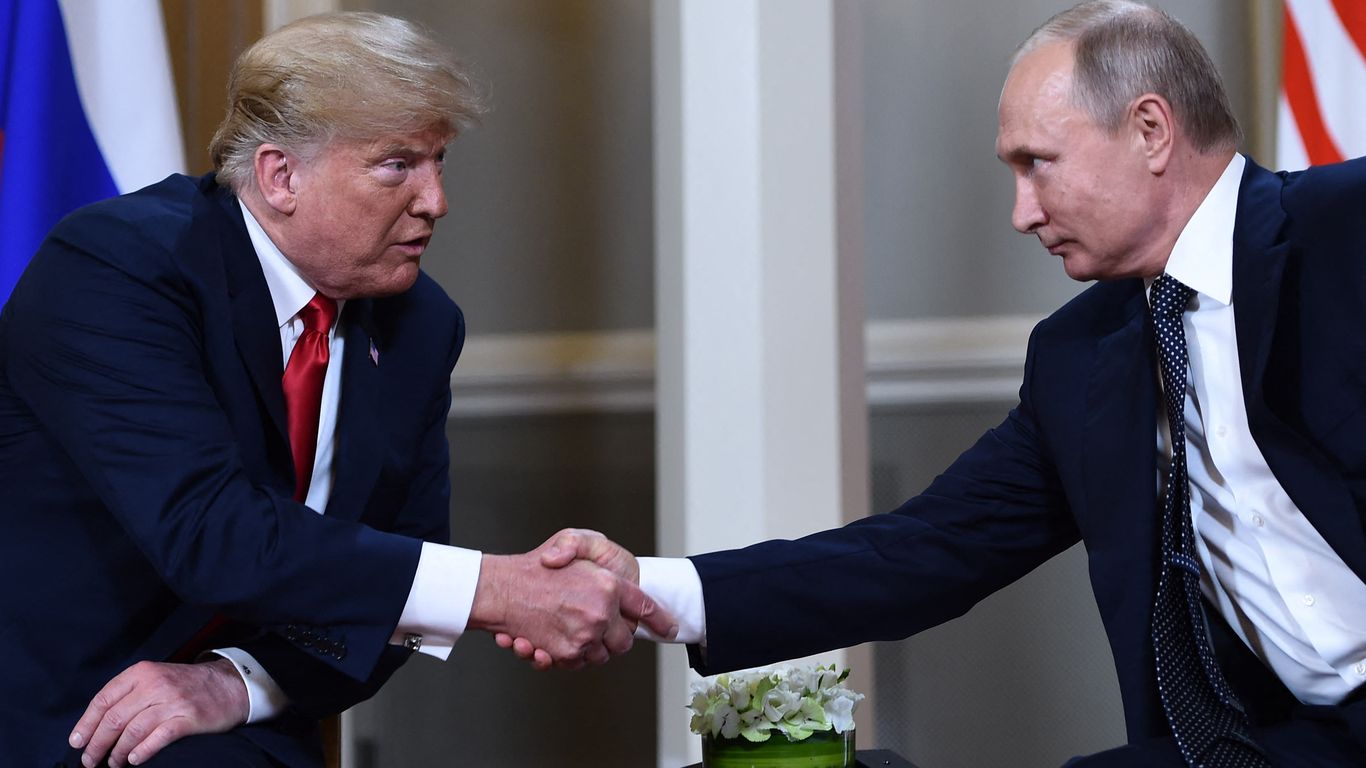Russian Drones Violate Polish Airspace, Prompting NATO Response

Introduction
The recent incursion of Russian drones into Polish airspace has caused tensions to rise within the NATO alliance. In response, Poland has invoked Article 4 of the NATO treaty, triggering an emergency meeting with other member states. This move highlights the seriousness of the situation and raises the question - what happens next?
Key Details
The incident began when at least 10 Russian drones were spotted in Polish airspace, prompting NATO jets to scramble and shoot them down. This aggressive act by Russia has been met with strong condemnation from NATO member states, who view it as a violation of Polish sovereignty. This is not the first time Russia has engaged in such actions, further fueling concerns about their intentions and potential future incursions.
The use of drones in military operations has become increasingly common, and this incident serves as a reminder of the potential dangers and implications of their usage. The sophisticated technology and capabilities of these drones have the potential to cause significant damage and pose a threat to national security.
Impact
The invocation of Article 4 by Poland has triggered a response from the rest of the NATO alliance, with discussions and strategies being formed to address this violation. This incident also serves as a reminder of the importance of the NATO alliance in maintaining peace and security in the region. It highlights the need for continued cooperation and vigilance to prevent further incursions and protect member
About the Organizations Mentioned
NATO
The **North Atlantic Treaty Organization (NATO)** is a transatlantic military alliance founded in 1949 to secure peace in Europe and protect democratic nations from Soviet aggression. It began with 12 founding members and has expanded to include 32 countries across North America and Europe as of 2025, including recent additions Finland (2023) and Sweden (2024)[1][3]. NATO's core principle is collective defense, meaning an attack against one ally is considered an attack against all, enshrined in Article 5 of its founding treaty[3]. Originally established as a Cold War bulwark, NATO has evolved beyond its initial Euro-Atlantic focus, engaging in missions worldwide, such as in Afghanistan and Libya[1]. The alliance remains central to U.S.-Europe military cooperation and has adapted to new security challenges, particularly Russia’s 2022 invasion of Ukraine, which has significantly reshaped NATO’s priorities. This aggression has spurred increased defense spending, stronger collective deterrence efforts, and accelerated Ukraine’s path toward potential membership[1][4]. In June 2025, NATO held its first summit in the Netherlands, where leaders agreed on raising defense spending targets to 5% of GDP—split between 3.5% for core defense and 1.5% for related security costs, including support for Ukraine. This marked a historic commitment to bolster the alliance’s military capabilities amid evolving global threats. The summit also emphasized eliminating defense trade barriers and reaffirmed the ironclad commitment to collective defense[2][5]. NATO’s ongoing significance lies in its role as a strategic security platform fostering cooperation among member states, responding to geopolitical instability, and adapting to emerging threats like terrorism and cyber warfare[4]. Its "open door" policy continues to invite eligible European democracies to join, reinforcing its mission to safeguard peace, democracy, and shared technological and defense innovations across allied nations[1][4].









